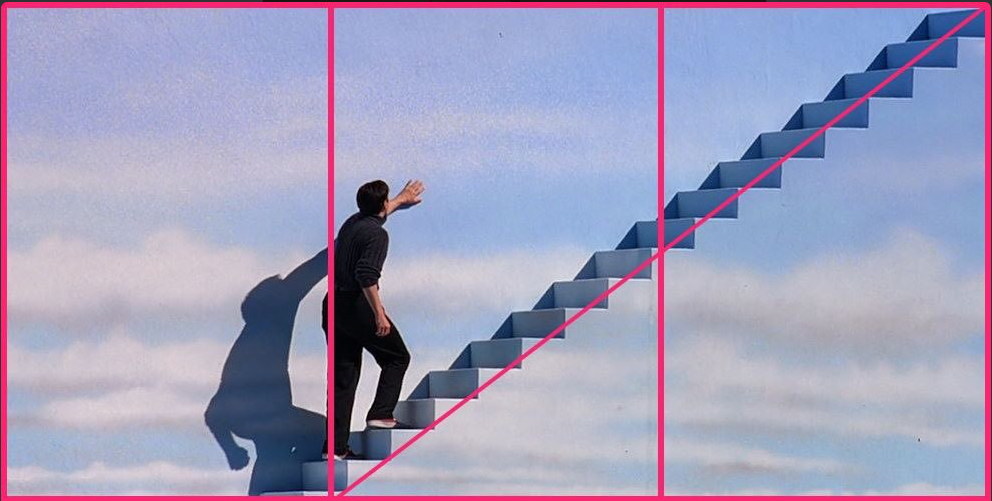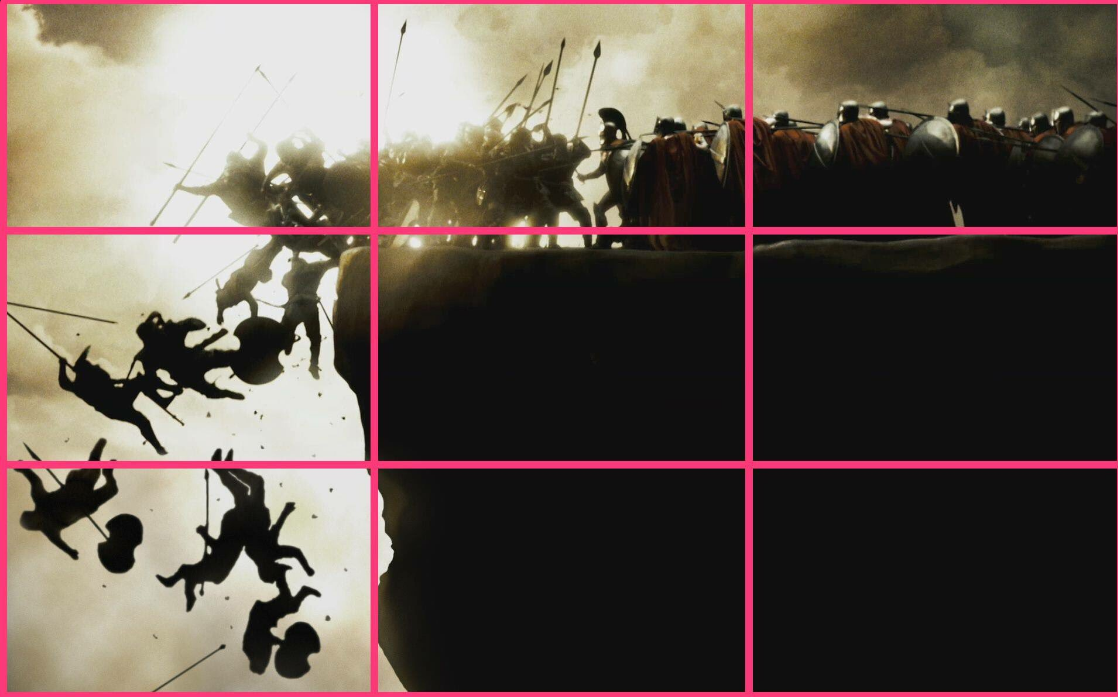Composition is key when creating video content, which is why it is an essential part of cinematography. When crafting shots and angles, video composers need to think beyond the technical aspects, like lighting and sound, and consider more creative decisions that help set the mood. From color grading to its placement in the frame, video composition allows filmmakers to create a narrative for their content. In other words, video composition isn’t just important for cinematography—it’s vital for inspiring viewers to be engaged with the story being told on screen.
Video Composition | Video Tutorial
The following video composition tutorial from B&H Photo‘s YouTube channel suggests that there are five rules of composition for video, and suggests why these specifically should not be broken.
Video Composition Rules
Artists love to toss any rules impressed upon them out the window in the name of creativity. Whether it be ignoring a No Trespassing sign or breaking all rules when it comes to composition, that is their prerogative. Sometimes art is better for it, sometimes it isn’t, but he consensus is, typically, that fundamentals are a foundation for art; learn them, then do your own thing. We’ve posted many articles featuring a few compositional rules, but are there rules you should not break? Specifically rules of video composition? According to the video, here are 5 rules of composition you should not break.
1. Using Rule of Thirds in Video Composition
It is one of the most basic and well-known rules, the rule of thirds is the cardinal rule for stills and video. The Rule of Thirds is an essential component to creating a pleasing and impactful video composition. In short, this guideline suggests that the visual elements in a scene should be divided into thirds both horizontally and vertically creating nine ‘quadrants’ within the frame. By placing important elements such as actors, characters or objects on any of these imaginary lines or intersections, a pleasing balance can be created. Furthermore, incorporating slight camera movements at specific points can add interest to static shots and create more dynamic compositions within the frame.

Use the rule of thirds and the negative space to help you place your subject in the frame.
2. Use the 180 Degree Rule for Video Composition
The 180 degree rule helps establish continuity between shots, making this one of the most important rules of composition for video. When filming opposite angles, the camera should only shoot from one side of the line and never cross the 180 degree line in order to film the other angle. Otherwise, the characters will be looking the wrong way and you’ll break the continuity of the shot.
In other words, the camera must remain on one side of a character, with an imaginary line drawn between two characters, so that viewers can orient themselves within the narrative sequence. This technique allows for more powerful storytelling by creating credibility and realism for viewers. It also prevents inconsistencies such as scene jumps, jarring angles, and mismatched shots.
3. Make Sure to Leave Headroom
This is the space between the actor’s head and the top of the frame. This rule is especially important in a documentary or corporate style videos. With cinematic videos, you have more wiggle room to be creative.
4. Create Depth in Video Composition
No one wants a flat and boring frame. It’s always important to create depth by positioning various elements in the foreground and background.
When an object near the camera is placed in front of a more distant object, it creates an illusion of depth on-screen. This technique can help audiences get closer to the action and set the tone visually with just one shot. Additionally, using these two elements together also allows directors to create striking compositions and convey a variety of emotions within a single frame – everything from joy to terror can be communicated through this method.
5. Know When to Break the Rules in Video Composition
Not only is it important to know how and when to break a rule, you should know why you are breaking it and how it will help the scene.
6. Study Composition in Actual Movies
A great way to master video compositions is to study their application in movies. Filmmakers and cinematographers aren’t confined to a single shot, allowing them to carry out their art throughout a scene, altering its course, frame by frame, and Raymond Thi of Composition Cam, demonstrates the use of the rules of composition in classic and iconic films using pink lines to sketch out triangles, lines of symmetry, & examples of the rule of thirds.
 The Truman Show
The Truman Show
When you think of a movie you love it tends to seem obvious why you love it. Your appreciation could be routed in a memory, affection for a cast member, a particularly moving or clever scene, a great soundtrack or smart dialogue. It could a combination of any number of things you can put your finger on, but it would also appear that it could very well be due to things you can’t.
Often the reason we are taken by a photograph or a piece of film could pertain to the subject matter or something easy to see, but how the imagery plays upon our subconscious plays a critical role; perhaps chief among which is composition. While we are all capable of dissecting a still to analyze the comp, in the flow of film it’s always happening and tends to mark our judgment almost effortlessly.
Filmmakers and cinematographers aren’t confined to a single shot, allowing them to carry out their art throughout a scene, altering its course, frame by frame.

As a viewer watching these movies, we get quick glimpses at various scenes, making it challenging to truly analyze and appreciate the thoughtful artistic direction behind each scene.

Interested in seeing more of Raymond’s work? Check out his Facebook and Twitter to see more compositional theories in films.
Conclusion
So, as it is said in almost every piece on the rules of composition, these are more principles of good photographic and cinematic technique, and they are helpful to understand and vital to know. Once you know them, you can properly break them so that you can create art. After all, there are no rules in art.













